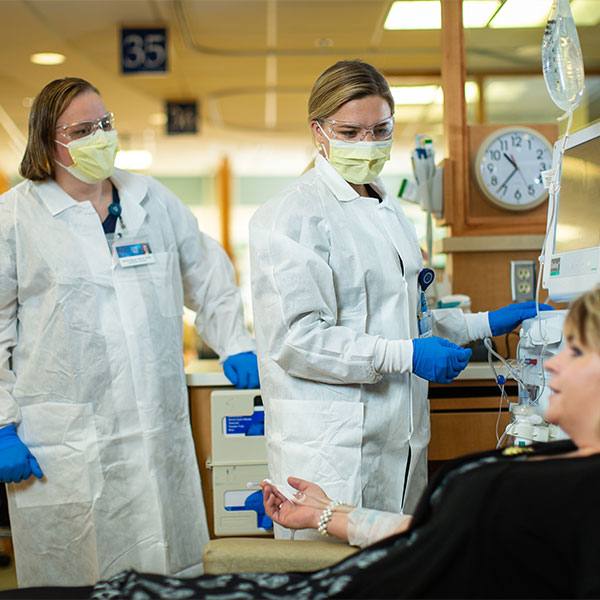-
From lift off to splash down: An update on Mayo Clinic stem cells in space
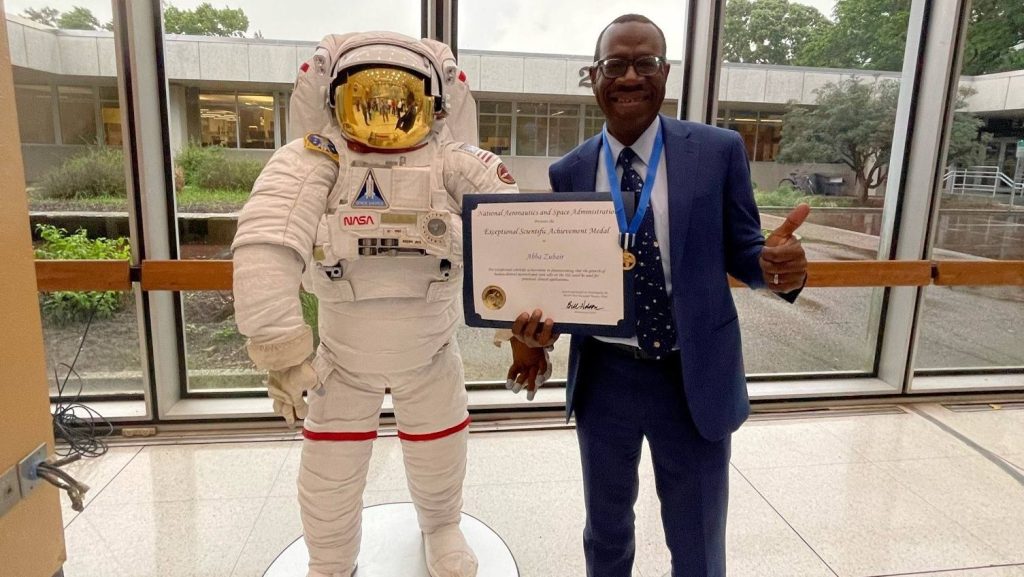
Approximately 15 million people worldwide experience a stroke annually, according to the World Health Organization. Currently, stroke remains a top cause of death and disability in the world.
Finding new therapies for stroke is important to Abba Zubair, M.D., Ph.D., a Mayo Clinic physician and scientist whose mother was stricken by a stroke when he was younger. As a regenerative medicine specialist, Dr. Zubair is focused on using adult stem cells — known as mesenchymal stem cells —and their use in future treatments for stroke.
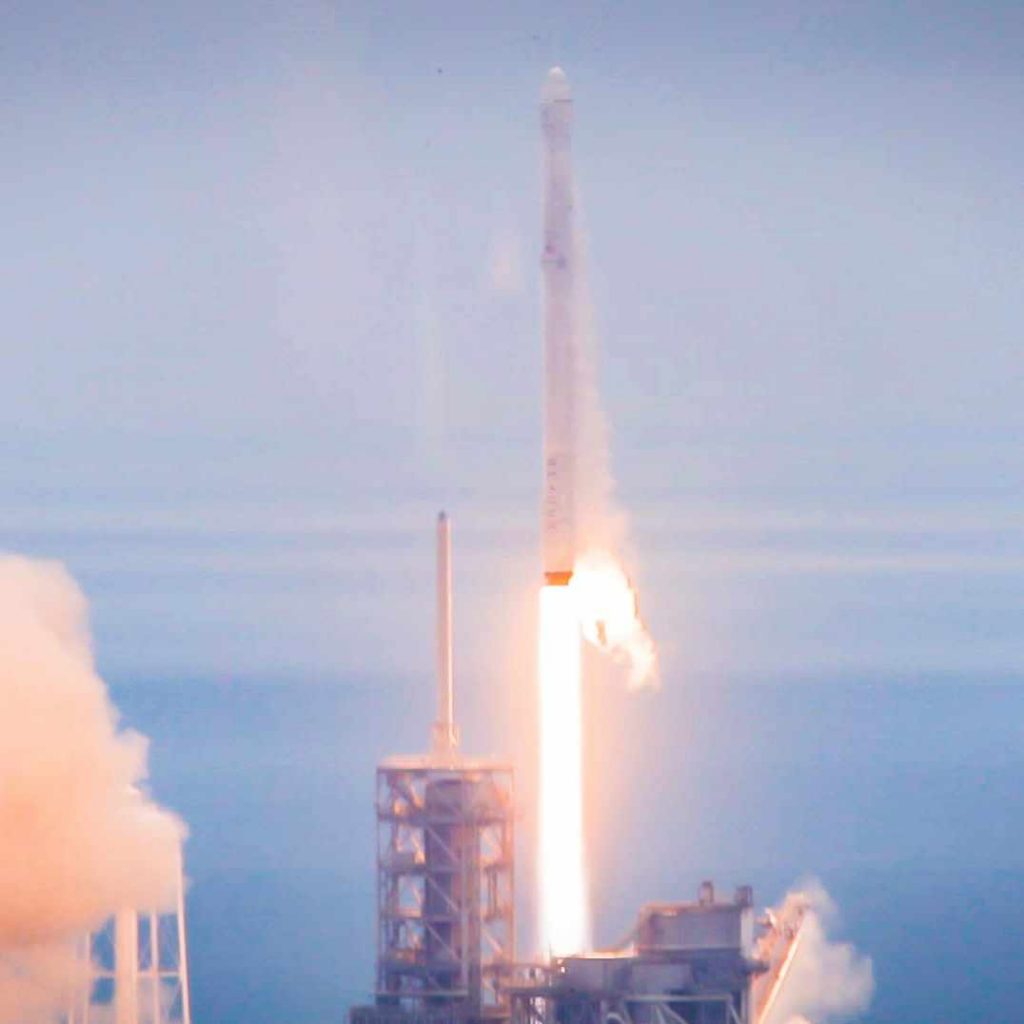
Growing up in Nigeria, Dr. Zubair had high ambitions, including dreams of becoming an astronaut. Though he has not taken flight, his work has – literally. In 2017, several samples of donated stem cells from Dr. Zubair's lab were on a rocket launched from NASA's Kennedy Space Center in Cape Canaveral, Florida.
The goal was to find out if the cells could hold up in space and be more quickly mass-produced in microgravity for use in stroke treatment.
Dr. Zubair was recently honored by NASA with the Exceptional Scientific Achievement Medal for demonstrating that human-derived mesenchymal stem cells grown aboard the International Space Station (ISS) could be used for potential clinical applications. The award ceremony took place at the Lyndon B. Johnson Space Center in Houston.
In honor of stroke month, Dr. Zubair answers questions about that initial space mission and shares an update on the status of his stem cell research at Mayo Clinic.
It's been six years since you first sent stem cells into space to see if they would multiply faster in zero gravity. Can you give us an update on the state of the research? What did initial studies find, and what have you learned so far?
Similar to every research endeavor, we learned a lot and published some of the results, but we also have more questions. We learned not all stem cells are created equal and that their response to microgravity (weightlessness) varies. For example, mesenchymal stem cells (MSCs, or adult stem cells that have shown healing potential and have been well studied) don’t significantly grow faster in space compared to Earth, but their biology — such as their ability to control immune cells — was significantly enhanced. On the other hand, hematopoietic stem cells (HSCs, or immature cells that can develop into all types of blood cells such as white blood cells, red blood cells, and platelets) appeared to grow much faster in space than on Earth. We also observed significant changes in gene expression as a result of exposure to microgravity conditions. We are still analyzing the data and doing more studies to help us understand the effect of microgravity on the cells. We hope to use the knowledge gained from this and other research for future therapeutic products for the treatment of stroke.
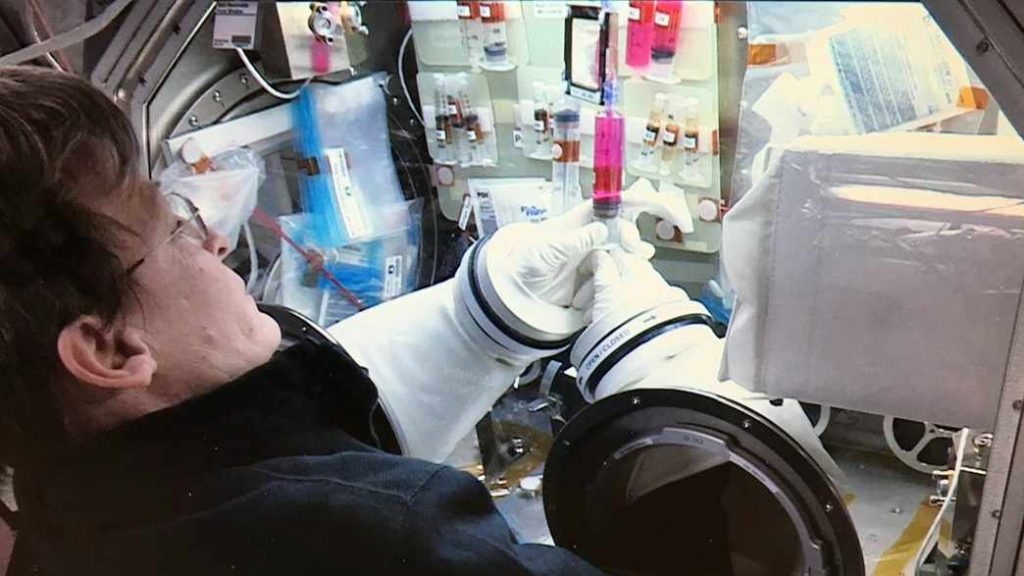
What did you learn about the safety of stem cells grown in microgravity for future studies and treatments?
This is the most encouraging finding from the study. We showed that the cells grown in the ISS environment have no evidence of DNA damage or chromosomal abnormalities. They also showed no signs of malignant transformation or signs suggesting cancer development. With this knowledge, we believe these cells may have the potential for viability to incorporate into various treatments, however, more studies are needed.
We understand you are planning another space launch. What is the goal of that mission?
The mission of this new project is to expand cord blood-derived hematopoietic stem cells in a collaborative study. This project will build on our previous spaceflight experience and confirm our previous findings. We have three spaceflight experiments planned for this project and launch dates are a moving target.
We have another NASA-funded project that we have been working on for the last two years examining the role of MSCs in microgravity-associated bone loss and how we can best prevent or treat this problem. It will become an even bigger problem for long-duration spaceflights — for example, when we want to take humans to Mars and beyond. This project has two spaceflights, and the first spaceflight experiment is scheduled to go later this fall.
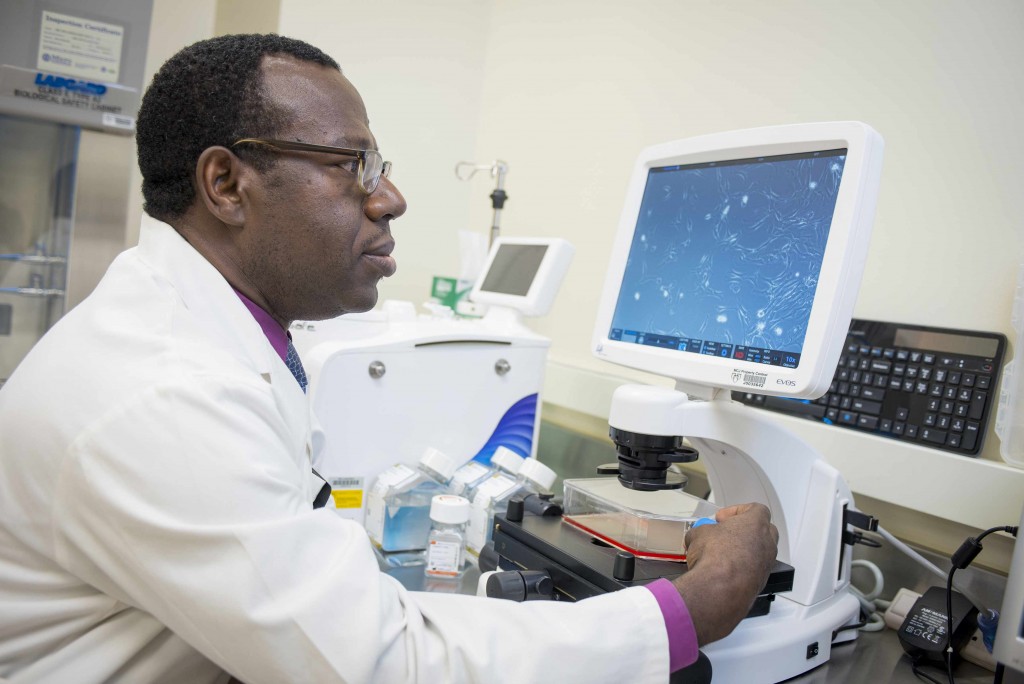
Can you share what new, additional research you have in the pipeline?
Another passion of mine related to space is radiation injury to stem cells. This has relevance in preparing humans to venture beyond the Earth's magnetic field protection. This will have relevance to how we can prevent and treat radiation injury following cancer therapy or nuclear accidents similar to what happened in Fukushima, Japan, or Chernobyl, Ukraine.
Mayo has been engaged in other space medicine projects. Can you share a comment or two about the hope of what space will offer us regarding advances in medicine and treatments?
Space exploration has generated a lot of inventions and technologies that made human life easier on Earth. In the same light, I believe space research will generate new knowledge about how our bodily systems work and will enhance our understanding of disease mechanisms that lead to novel treatments of human diseases and conditions on Earth and in space. Mayo Clinic is well positioned to play a role (and is already doing so) in achieving this vision.
How will these space medicine projects translate to patient care?
The space medicine projects Mayo Clinic is carrying out will help us to understand our own physiology and enhance our understanding of many diseases and conditions, which can lead to the development of novel therapies that can solve many unmet patient needs. The only challenge is the time it will take to translate the results into patient care. So, patience is required.
Read more about Dr. Zubair and his research
- The countdown is on: Stem cells heading to space
- Blast off: Stem cells from Mayo Clinic physician’s lab launch into space
- Stem cell science in space
- Discovery’s Edge: Mayo Clinic and NASA – Exploring two frontiers





